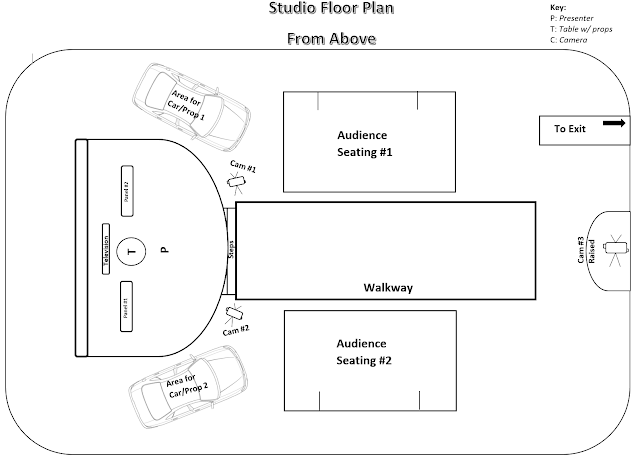Dissertation Proposal - What is My Dissertation?
___________________________________________________________
 Your proposal will be approximately 2000 words in length and outline the following;
Your proposal will be approximately 2000 words in length and outline the following;
1) An Introduction - Sets Up and Prepares the Reader:
- Introduce and explain the main focus and aim/question
- Clarify areas of research your dissertation (e.g. the focus and aim of each chapter).
- Brief overview of the discussion order.
2) Chapter One - The Beginning
- Definitions of terms used in the question
- Basic Theory
- Background information, historical ideas and concepts etc.
3) Chapter Two: The Middle
- Utilises and builds o information from Chapter One
- Application of theories, current discussions/context
- Any information and ideas that need to be discussed before the question can be fully answered or the aim fully achieved in the final chapter.
4) Chapter Three - The End
- Where the question is fully answered or aim fully realised.
- Bringing more of an argument to play and answering the question I have laid out.
5) Conclusion - Ends on very last, final response on the discussion
- Reiterate the aim of your dissertation, reminding the reader of any questions you were intending to answer.
___________________________________________________________
Start from a clear, focused and research-informed question or statement of intent, and needs to:
- be 'theoretically informed' (developed from in-depth reading in your specific area of interest)
When planning a chapter you may find it helpful to write what you think you need to research as a list of small logically ordered questions, this list can also act as a plan for writing the chapter.
Evidence may be a film clip or showing where a viewpoint comes from (by referencing the author who declared the viewpoint)
Although published sources have their arguments and viewpoints supported by evidence, this does not make them 'fact'.
Informed judgements and carefully considered conclusions that form how you've come to this argument in your essay.
How we integrate any form of evidence must be clearly linked to a particular paragraph, which means that:
The evidence must be relevant to the specific point of the paragraph.
Description is different from critical analysis of a text. This is an important differentiation to make.
___________________________________________________________
When Developing Your Topic
Your ideas will change, develop and may be modified as your research progressed depending on the information you find.
Put together a Bibliography, listing all the books, articles, journals, websites etc. relating to your topic, as this is the research that forms the intellectual context you are exploring.
 Your proposal will be approximately 2000 words in length and outline the following;
Your proposal will be approximately 2000 words in length and outline the following; 1) An Introduction - Sets Up and Prepares the Reader:
- Introduce and explain the main focus and aim/question
- Clarify areas of research your dissertation (e.g. the focus and aim of each chapter).
- Brief overview of the discussion order.
2) Chapter One - The Beginning
- Definitions of terms used in the question
- Basic Theory
- Background information, historical ideas and concepts etc.
3) Chapter Two: The Middle
- Utilises and builds o information from Chapter One
- Application of theories, current discussions/context
- Any information and ideas that need to be discussed before the question can be fully answered or the aim fully achieved in the final chapter.
4) Chapter Three - The End
- Where the question is fully answered or aim fully realised.
- Bringing more of an argument to play and answering the question I have laid out.
5) Conclusion - Ends on very last, final response on the discussion
- Reiterate the aim of your dissertation, reminding the reader of any questions you were intending to answer.
___________________________________________________________
Start from a clear, focused and research-informed question or statement of intent, and needs to:
- be 'theoretically informed' (developed from in-depth reading in your specific area of interest)
When planning a chapter you may find it helpful to write what you think you need to research as a list of small logically ordered questions, this list can also act as a plan for writing the chapter.
Evidence may be a film clip or showing where a viewpoint comes from (by referencing the author who declared the viewpoint)
Although published sources have their arguments and viewpoints supported by evidence, this does not make them 'fact'.
Informed judgements and carefully considered conclusions that form how you've come to this argument in your essay.
How we integrate any form of evidence must be clearly linked to a particular paragraph, which means that:
The evidence must be relevant to the specific point of the paragraph.
Description is different from critical analysis of a text. This is an important differentiation to make.
___________________________________________________________
When Developing Your Topic
Your ideas will change, develop and may be modified as your research progressed depending on the information you find.
Put together a Bibliography, listing all the books, articles, journals, websites etc. relating to your topic, as this is the research that forms the intellectual context you are exploring.


Comments
Post a Comment